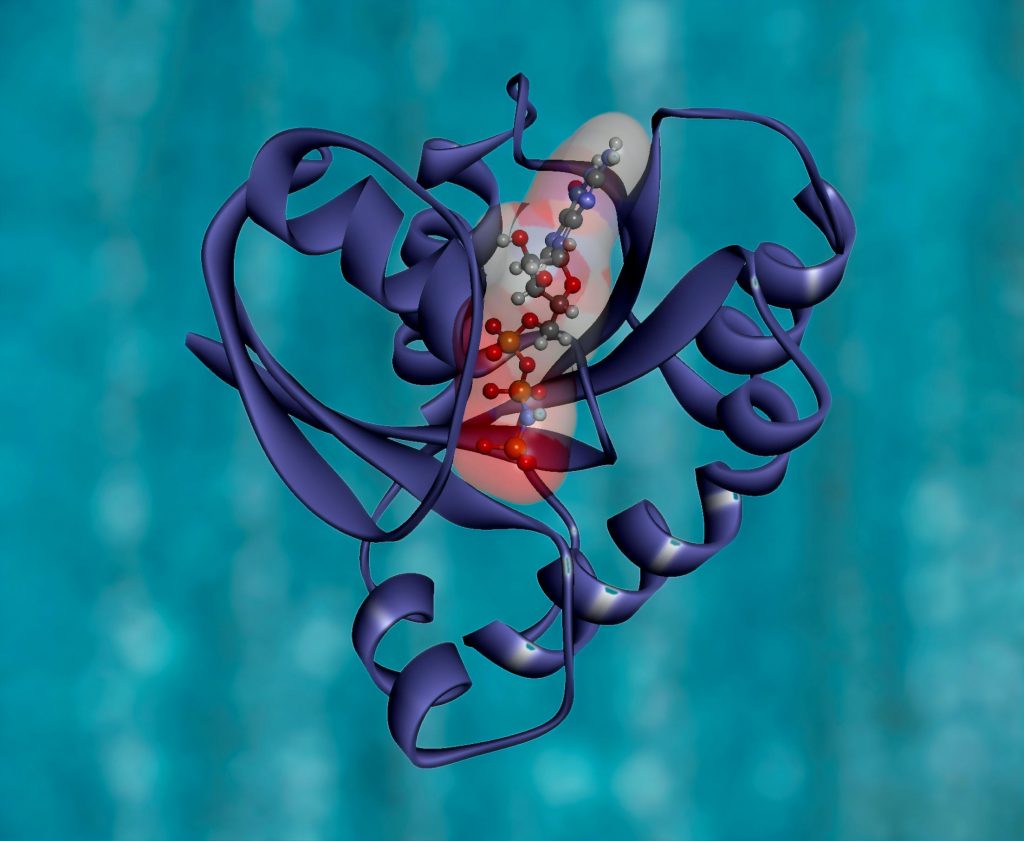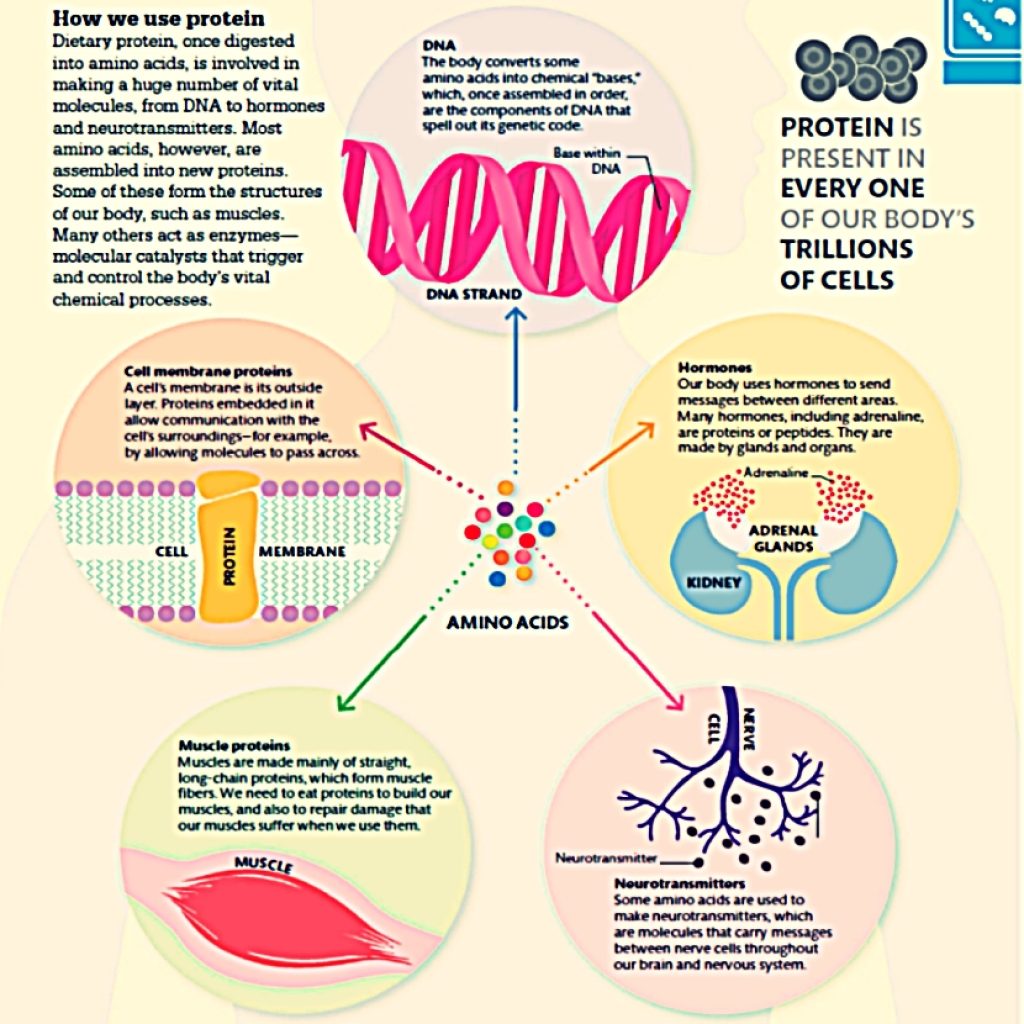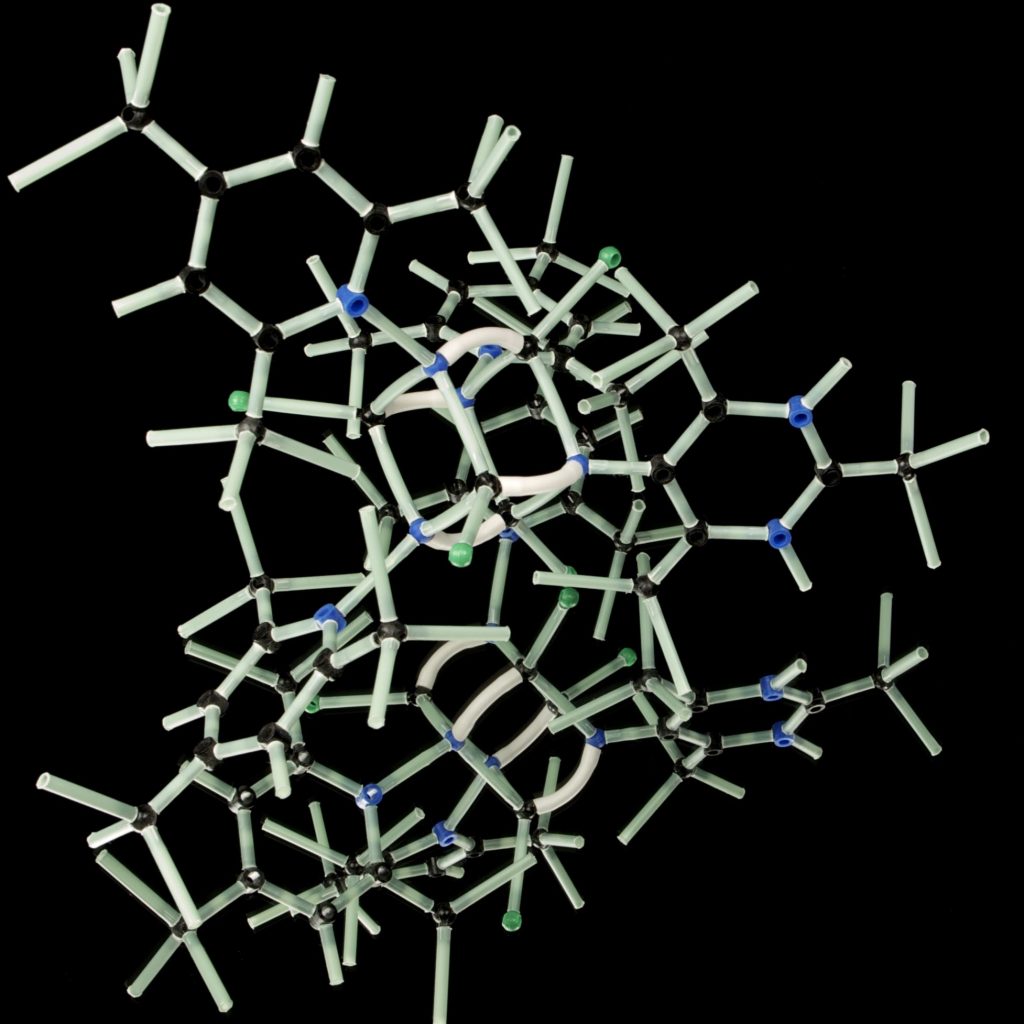
Proteins |Nine important functions done by protein in body .
What are proteins role in bodily functions │Why they are important
Protein has so many complex roles in the body .
150 years ago we were totally ignorant of the roles in the bodily functions . Till discovery of fermentation process by Louis Pasteur .The importance of microorganism was discovered. In doing so, Pasteur established a link between life processes and chemical reactions.
Pasteur’s work was followed by studies of scientists such as Marcellin Berthelot and Eduard Buchner . They demonstrated that it was possible to achieve fermentation, in addition to other life-related processes, in the absence of microorganisms, by using substances extracted from those microorganisms These substances were termed ‘enzymes’ , which means ‘in yeast’, and although their chemical nature was at first unclear, they were later found (in all cases) to be proteins.
These proteins (Enzymes) acted as catalysts, i.e., they accelerated chemical reactions within cells and tissues without changing their nature. The discovery of enzyme activity led to a major turning point in scientific thinking . Life was no longer considered to be a result of mysterious and vague phenomena acting on organisms, but instead the consequence of numerous chemical processes made possible by proteins.

1. Metabolic process of Proteins for sustaining life.
The metabolic processes, which are responsible for sustaining life in all organisms, involve thousands of chemical reactions that cells and tissues execute both simultaneously and in series. They are important corner stone for living things. Living organisms maintain a wide range of metabolic processes that allow them to grow or divide, extract energy from foodstuff, build complex materials, decompose waste products, detoxify harmful substances, etc.
These metabolic reactions are dictated by the molecular needs of the organism and need to be completed in certain time (10 -5 to 10 -2 seconds) to utilize the end product from the breakdown of the complex substance. To break down the substance for use in the bodily functions enzymes play important role.
The energy required for a product to be converted into its conversion state is called the activation energy (𝐸𝑎).The rate of the reaction depends directly on the magnitude of this energy, as well as on the temperature. One way to enable a product to gain sufficient activation energy is to increase the temperature to a very high value. This approach is infeasible in living organisms, however, as they exist and function within a very limited temperature range. Thus, the only way for an organism to accelerate its metabolic reactions is to lower the activation energy required. This lowering of energy and completing the process is done by catalyst , and these catalyst are enzymes (Protein) ,
Each enzyme accelerates only a specific type of reaction, involving a specific substrate or substrates. The specificity of enzymes constitutes a huge advantage in the highly diverse chemical environment within living organisms. It allows them to control the rates of each of their metabolic reactions by controlling the enzymes executing them.
2. Protein helps in Energy transfer
Cells and tissues carry out a diverse set of processes, which are needed for sustaining life in all organisms. These processes include molecular biosynthesis, transport of chemicals across biological membranes, and movement. Most of these processes are not spontaneous and require an input of energy in order to take place. All living organisms use at least one of two available sources of energy: chemical (i.e., food), and electromagnetic (i.e., solar radiation).Enzymes which are proteins helps in breaking down the food molecules from where energy is extracted to for cell & tissues to perform above stated functions.
However, there are also other protein components that function in the efficient transfer of the extracted energy between different cellular compartments, or along a certain distance within a single compartment. These proteins are not enzymes, as they transfer energy in its pure form (i.e., as electrons or electromagnetic radiation), without causing any chemical change. This energy is finally stored as ATP, which is the most accessible form of energy in biological systems, and is therefore often referred to as the ‘universal energy currency’.
3. Gene expression and Proteins
Genetic information resides within every cell in our bodies (except for red blood cells). This information is stored inside the nucleus in the form of DNA, a chemical code. DNA is a polymer, it is made of building blocks termed ‘nucleotides’.
Nucleotides join together to form a strand of DNA. Two such strands join together to form a double-helical shape, which constitutes the ‘mature’ form of DNA.

There are numerous types of nucleotides, but only four of these build DNA. The genetic information unique to each organism resides in the exact sequence of the nucleotides composing its DNA.
At first glance, the DNA strand may look like a continuous thread of nucleotides, devoid of any meaning. However, this sequence is organized as separate functional units called ‘genes’.
Each gene contains instructions for a different element, important for the existence of the cell. Although each cell contains the full set of genes (i.e. the genome), only some of the genes are actually expressed at any given moment and in multicellular organisms, only a subset of genes is expressed in each cell. The selective expression of genes enables each cell to acquire its unique properties, and specialize in carrying out certain tasks, depending on the tissue and organ to which it belongs.
The process of gene expression executes the instructions embedded in each gene, which are written in DNA language. The execution of the genetic instructions is carried out by proteins, some of which are enzymes that catalyse reactions; others have different roles.
4.Protein helps in transport of solutes across biological membranes.
Biological cells must maintain a routine exchange of chemicals with their environment in order to survive. Energy sources and building blocks must enter the cell, whereas waste products and other specific molecules must be able to leave it. These exchanges are made possible by proteins specializing in molecular transport across membranes. Since the activity of proteins can be controlled , using them as a sole means of transport allows the cell to regulate the entire process, and actively determine its own chemical composition.
5.Communication
Cells are capable of communicating with one another, whether they are single-cell organisms occupying the same ecosystem, or tissue cells residing inside the same multicellular body. Cell-cell communication is usually carried out via chemical messengers, i.e., molecules secreted from the signaling cell and acting on the target cell .When the communicating cells are close, the chemical messenger diffuses from the signalling cell to the target cell. However, when they are part of a multicellular body, and are far away from each other, the communication is carried out via the body’s circulatory system (i.e., blood). This signaling system is called the ‘endocrine system’, and the chemical messengers involved are called ‘hormones’.
This chain of events is highly complex, it involves different components that act as transducers, amplifiers, messengers and sensors, and the incoming signal leads to the activation of some and the inactivation of others.
These events ultimately lead to one or more changes in the cell’s behaviour. The change may be simple, e.g., an increase in the extent of production or degradation of certain chemicals ,secretion or absorption of molecules, etc. As seen from the diagram in the communication process , Proteins help in generating signals through stimuli which is basically peptide which are protein in nature.

6.Molecular recognition
Cellular communication, as described above, is based on interaction between the chemical messenger and its cognate receptor. In most cases, such interactions are highly specific, and this specificity prevents cellular receptors from being activated by the wrong molecules. The capacity of one molecule to bind another in a specific manner is at the basis of many biological processes, and is generally referred to as ‘molecular recognition .Proteins are involved in most molecular recognition processes. This is probably because they are complex enough to create the specific contacts required by such processes.
7.Defense Mechanism of Proteins| Proteins help in Building Immune system |Mechanism of fight against Viruses in Body
Cells contain different mechanisms for fighting invading pathogens. Some of these mechanisms are simple and based on enzymes, which recognize and destroy the foreign molecules (e.g., double-stranded RNA, which is present only in viruses).
In animals, long evolutionary processes have led to the development of a highly-efficient defense system against pathogens . This is called the ‘immune system’ because it is capable of remembering pathogens it has already encountered, and reacts so rapidly that the infected animal does not even know it has been compromised.
The immune system consists of two branches.
A. The first, the humoral branch, is mainly based on antibodies, molecules that are formed by white blood cells called B-lymphocytes. These patrol the body via the circulatory system, locating foreign elements by specifically interacting with them.
B. The second branch, referred to as the ‘cellular branch’, includes T-lymphocytes .These are white blood cells, formed inside bone marrow, and they can be found in the circulatory system, lymph system, tissues, and some bodily fluids (e.g., milk). The efficiency of the immune system results from the specialization of each of its components, and from the tight cooperation between them.
Antibodies specialize in highly specific binding to foreign elements , a particular antibody binds an element whose molecular structure is geometrically and physiochemically compatible with its binding site. Such elements may be individual molecules, but also molecular configurations on the surfaces of viruses or bacteria.
The molecule or molecular configuration recognized by the antibody is called an ‘antigen’. Each antibody can recognize one specific antigen, and the immense number of antibodies in our body allows us to fight a corresponding number of foreign elements.
When an antibody binds to a small antigen (toxin, virus), the binding may, in some cases, neutralize the foreign element. However, when an antibody binds an antigen on the surface of a large pathogen (bacterium, parasite),the binding itself does not harm the pathogen, but rather ‘tags’ it for the cellular response.This response includes T-lymphocytes, and natural killer (NK) cells. It also includes phagocytes — cells, such as the aforementioned macrophage, that are capable of ‘swallowing’ the pathogen, degrading it, and presenting its antigens to other parts of the immune system.
In fact, phagocytes are not really a part of the immune system, but rather belong to the innate system, a defensive response we are born with, and which is active at all times. Nevertheless, phagocytes cooperate tightly with different components of the immune system, as described below.
Mechanism of Proteins helping in Building Immunity
- Like antibodies, proteins of the complement system reside in the blood, and bind to pathogens. However, the rest of the process is different from the case of antibodies ,after binding to the pathogen, the complement proteins bind to each other, forming a killing complex.
- This complex acts as a molecular drill, which perforates the membrane of the pathogen or leads to its death by other, indirect means.
- Finally, proteins are also involved in the long-range communication between immune cells, and between them and other body cells. Such proteins, called ‘cytokines’, are chemical messengers that are secreted by activated lymphocytes or by other white blood cells. These not only relay messages between lymphocytes, but also enhance the anti-viral capabilities of other cells .
8.Forming intracellular and extracellular structures
Proteins may also serve as building blocks of large intracellular and extracellular structures. The most prominent structures of this type are the cytoskeleton and the extracellular matrix. .
This complex structure has many roles. First, it determines the shape of the cell and provides it with mechanical support. Second, the protein building blocks of the cytoskeleton are in a constant process of joining and detaching the fibres, in accordance with the needs of the cell. Thus, the cytoskeleton also gives the cell the ability to change its shape and even move.
This capacity is specifically important for cells specializing in functions that require shape shifting, such as phagocytes. For example, macrophages change their shape dramatically in order to engulf pathogens or foreign bodies, a process leading to their internalization.
9.Cell- and tissue-specific functions
Most of the roles described above for proteins are universal but the prominence of particular protein functions may vary across different types of cells. For example, biosynthetic enzymes are present in all cells, but in liver cells they are significantly more active than, e.g., in bone cells This is because the liver is a major biosynthetic organ in animals. Another role played primarily by the liver is detoxification, that is, the chemical neutralization and/or clearance of potentially harmful substances ingested by the body, especially fat-soluble drugs and toxins. The detoxification process is carried out in the sER. which is protein.